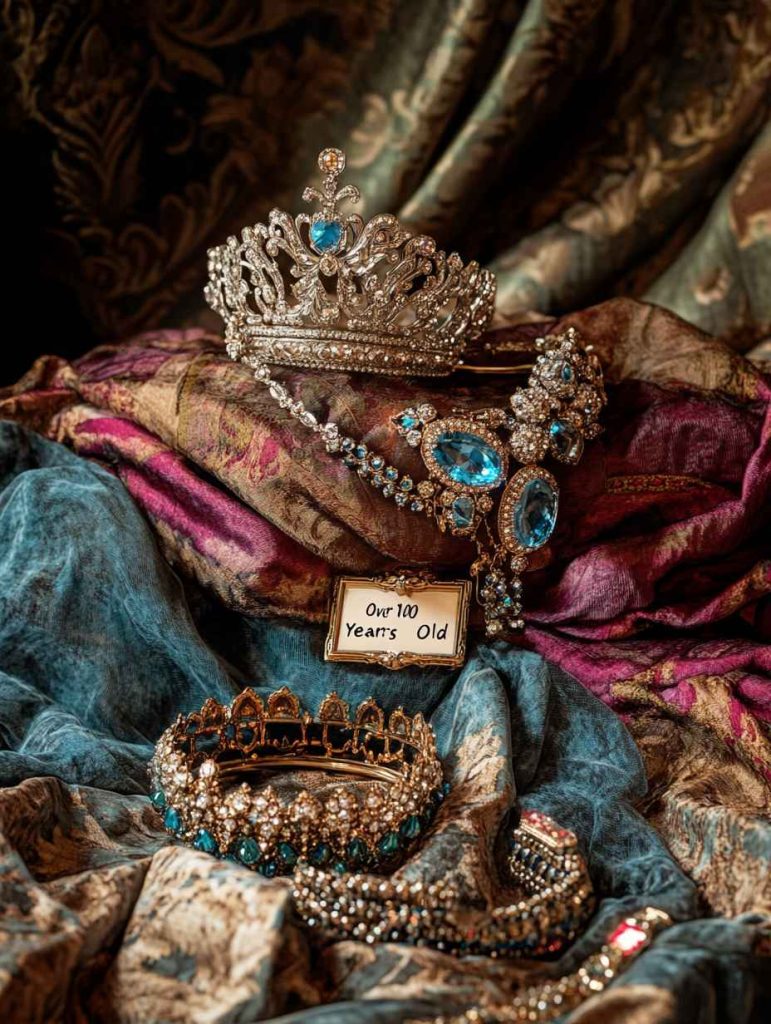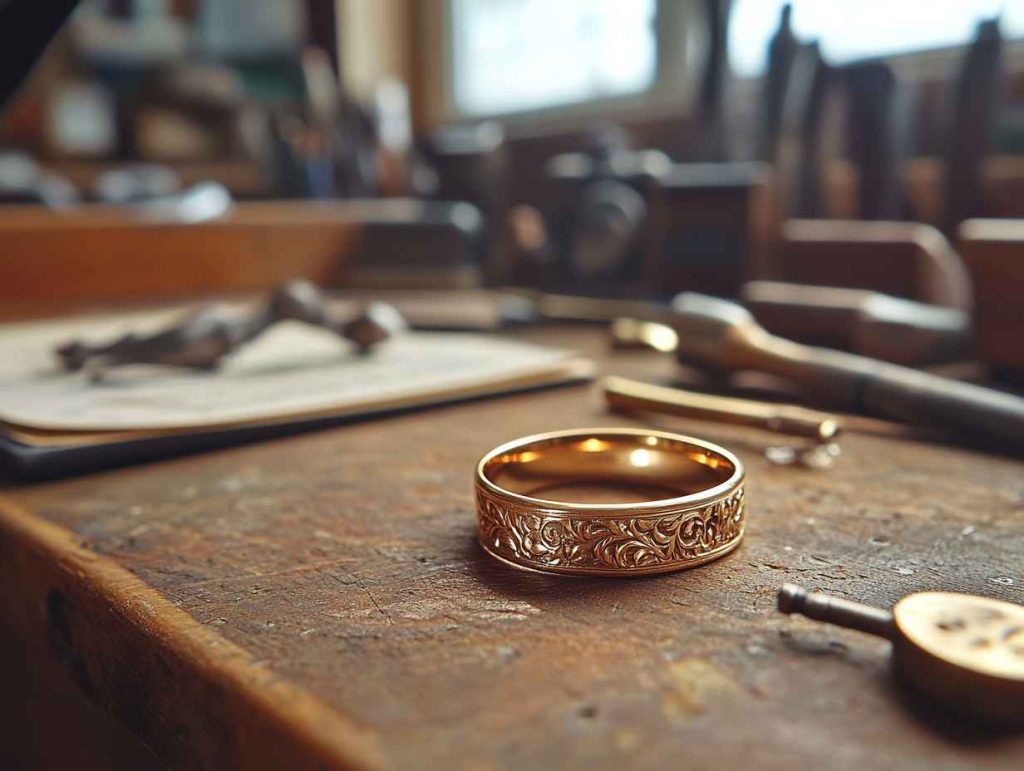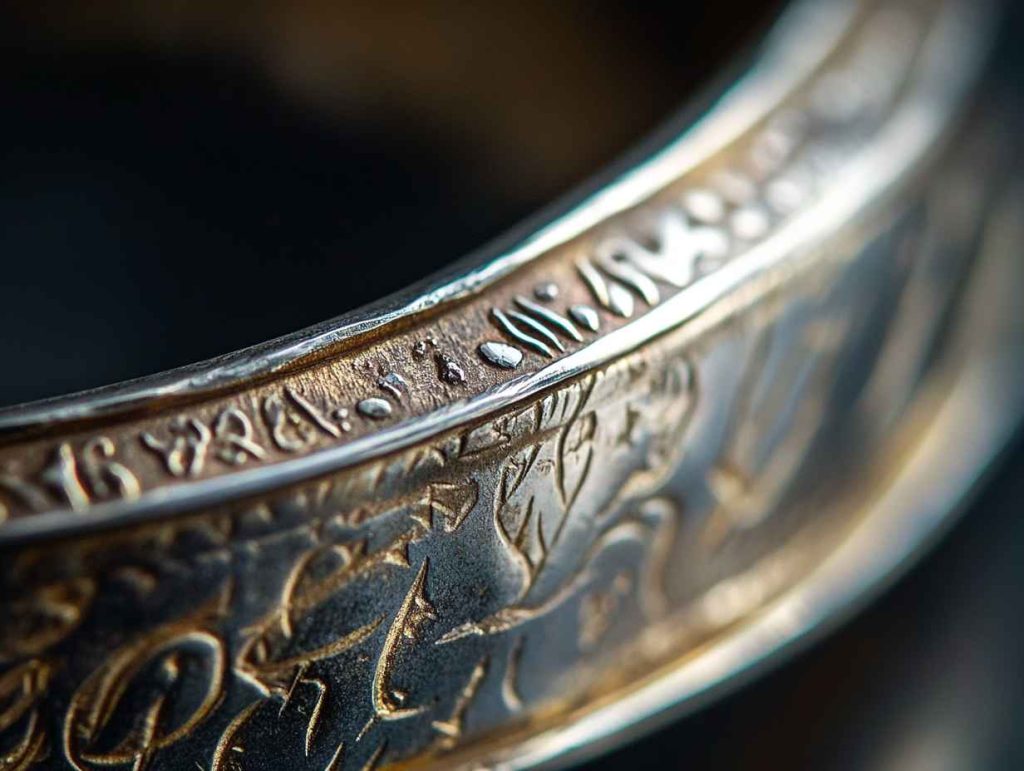Antique jewellery captivates with its timeless beauty and intricate craftsmanship, often serving as cherished heirlooms passed down through generations. But how old is antique jewellery? Understanding the age of these exquisite pieces is essential for collectors, enthusiasts, and anyone looking to add a touch of history to their collection. In this blog, we’ll explore what defines antique jewellery, how to determine its age, the different periods of antique jewellery, and why age matters in the world of fine adornments.
What Defines Antique Jewellery?
Before delving into the specifics of age, it’s important to establish what qualifies as antique jewellery.
What Makes Jewellery Antique?
- Age: Typically, jewellery is considered antique if it is over 100 years old. In some cases, pieces from 70 years ago with significant craftsmanship are also regarded as antique.
- Craftsmanship: These pieces often feature superior workmanship, intricate designs, and high-quality materials.
- Historical Significance: Antique jewellery reflects the cultural and artistic trends of its era, making it more than just an accessory.
Learn more about what makes jewellery unique in Why Is Jewellery Made of Gold?.

Determining the Age of Antique Jewellery
Identifying the age of antique jewellery involves a combination of research, inspection, and sometimes professional appraisal.
1. Hallmarks and Stamps
- Metal Purity Marks: Look for stamps like “925” (sterling silver) or “750” (18K gold).
- Maker’s Marks: Identify the manufacturer’s mark, which often ties the piece to a specific period.
- Year Marks: Some pieces include the year of manufacture, either engraved or as part of the hallmark.
2. Design and Style
Each era of antique jewellery has a distinctive design style:
- Georgian (1714–1837): Ornate floral motifs and gemstones like garnets and sapphires.
- Victorian (1837–1901): Romantic designs with lockets, cameos, and colored gemstones.
- Edwardian (1901–1915): Lightweight, delicate designs using platinum and diamonds.
- Art Deco (1920–1935): Bold geometric patterns and vibrant gemstones.
- Retro (1940–1950): Playful, colorful designs inspired by post-war optimism.
Explore the artistry of antique designs in Antique Jewellery Model Designs.
3. Construction Techniques
- Handcrafted Details: Look for intricate techniques like filigree, granulation, and engraving.
- Stone Settings: Different eras have unique styles, such as prong or bezel settings.
4. Provenance and Documentation
- Historical Records: Provenance refers to the history of ownership, adding credibility to the piece’s age.
- Family Heirlooms: Documentation from previous owners can help establish its origin.
Different Periods of Antique Jewellery
Understanding distinct jewellery periods helps you appreciate its history and value.
Georgian Era (1714–1837)
- Features: Elaborate floral and foliate motifs.
- Materials: Gold and silver, often adorned with pearls and gemstones.
Victorian Era (1837–1901)
- Features: Romantic, sentimental designs with lockets and cameos.
- Materials: Gold, silver, and enamel with colorful gemstones.
Edwardian Era (1901–1915)
- Features: Delicate, lightweight designs.
- Materials: Platinum, diamonds, and pearls.
Art Deco Era (1920–1935)
- Features: Bold, symmetrical designs with vibrant gemstones.
- Materials: Platinum and precious stones like emeralds and sapphires.
Retro Era (1940–1950)
- Features: Playful, bold designs reflecting post-war optimism.
- Materials: Diamonds, colorful gemstones, and enamel.
Dive deeper into the craftsmanship of these eras in How Antique Jewellery is Made.
Why Age Matters in Antique Jewellery
The age of antique jewellery directly influences its value, appeal, and cultural significance.
1. Value Appreciation
- Rarity: Older pieces are often rare, increasing their value.
- Demand: High-quality antiques command higher prices in the market.
2. Craftsmanship and Quality
- Superior Skills: These pieces showcase artisan craftsmanship with intricate detailing.
- Durable Materials: Use of precious metals and gemstones ensures lasting beauty.
3. Historical and Cultural Significance
- Artistic Representation: Each piece embodies the artistic trends of its era.
- Personal Stories: Many pieces carry sentimental value and personal history.
Explore the value of timeless designs in Reasons Why Gold is Valuable.
Where to Buy Authentic Antique Jewellery
1. Reputable Antique Stores
- Specialized Shops: Visit stores with knowledgeable staff who can guide you.
- Verification: Look for authenticity certificates and detailed information about each piece.
2. Auctions and Estate Sales
- Unique Finds: These events often feature rare, high-quality items.
- Professional Appraisers: Seek their expertise to assess the jewellery.
3. Online Marketplaces
- Trusted Platforms: Websites like 1stDibs, Ruby Lane, and Etsy offer wide collections.
- Research Sellers: Read reviews to ensure authenticity.
Explore more options in Antique Jewellery Shops.
Tips for Maintaining Antique Jewellery
Proper care ensures your antique pieces remain beautiful and valuable.
- Regular Cleaning: Use a soft cloth to remove dirt. Avoid harsh chemicals.
- Safe Storage: Store pieces separately in soft-lined boxes or pouches.
- Limit Wear: Reduce daily wear to preserve delicate designs.
- Professional Maintenance: Periodically check with a jeweler for repairs or cleaning.
Learn about caring for your treasures in How to Care for Jewellery.
Frequently Asked Questions
Q: How can I verify the authenticity of antique jewellery?
A: Look for hallmarks, provenance documentation, and detailed craftsmanship. Reputable dealers provide certificates of authenticity.
Q: Are antique jewellery pieces more expensive than modern ones?
A: Generally, yes, due to their rarity and craftsmanship.
Q: Can I wear antique jewellery every day?
A: Occasional wear is better to preserve their delicate designs.
Final Thoughts
Antique jewellery connects you to history with its timeless charm and exquisite artistry. Understanding its age enhances your appreciation and helps you make informed decisions. Whether you’re a collector or looking for a special piece, antique jewellery offers unmatched elegance and legacy.
Explore the beauty of the past with confidence and enrich your collection with treasures that tell stories.

